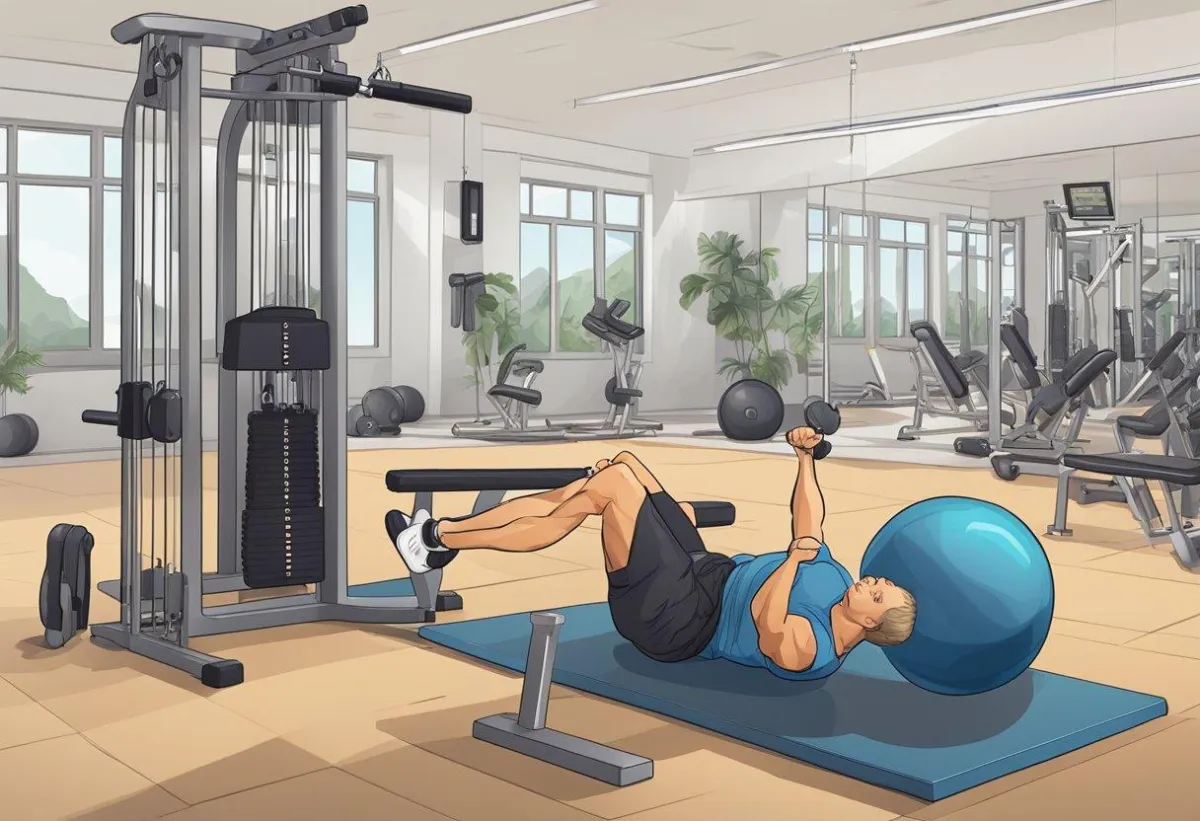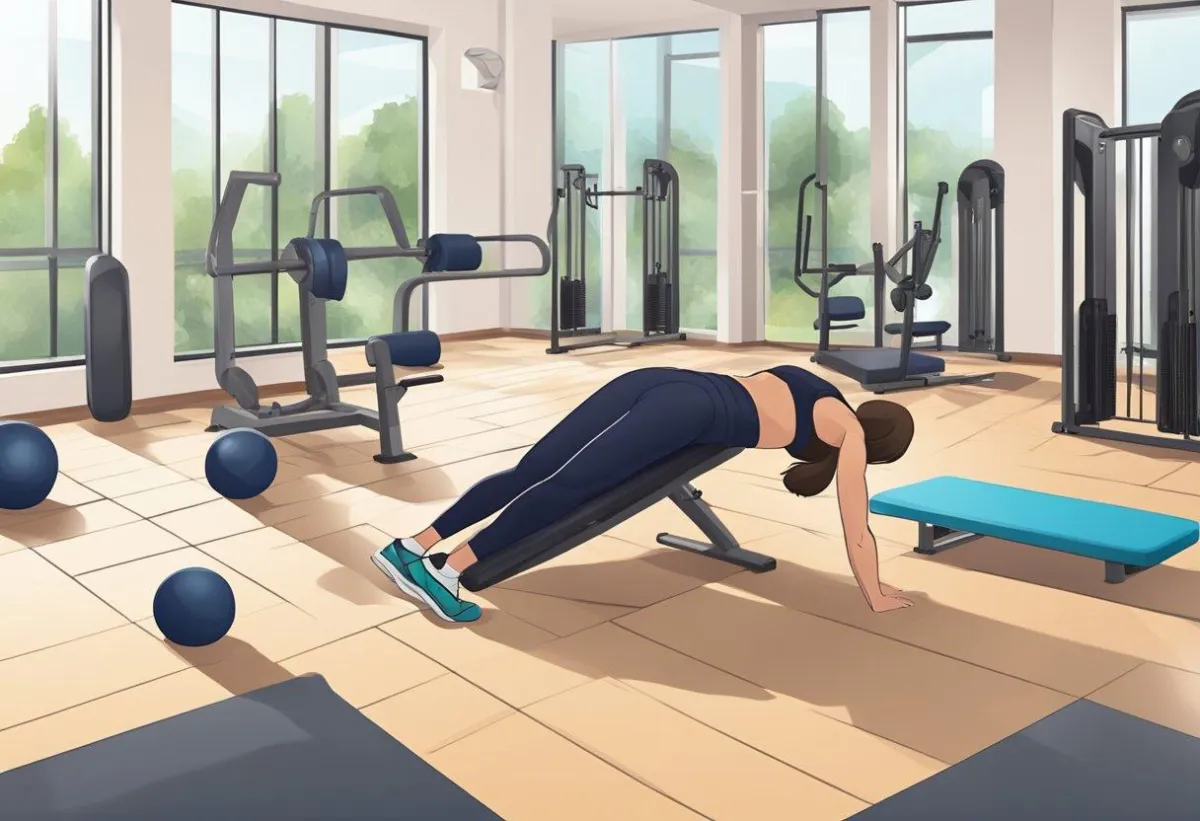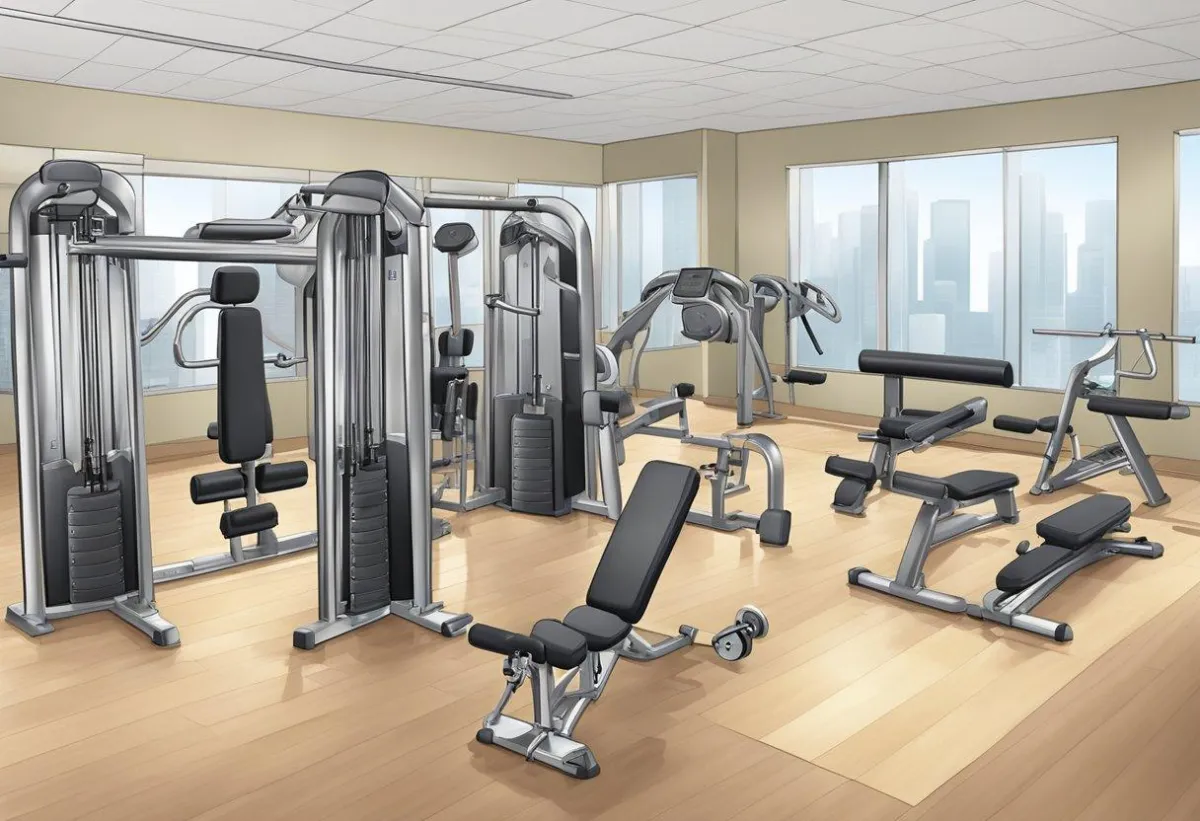Large Call to Action Headline

Use this page to fulfill any requirements for subpage content on your website.
Lorem ipsum dolor sit amet, consectetur adipiscing elit, sed do eiusmod tempor incididunt ut labore et dolore magna aliqua. Ut enim ad minim veniam, quis nostrud exercitation ullamco laboris nisi ut aliquip ex ea commodo consequat.
Exercise: Effective Ab Workouts and Tailored Exercise Plans for Males and Females
Achieving a strong core is essential for overall fitness and well-being. Ab workouts are not just about aesthetics; they play a crucial role in improving posture, balance, and athletic performance. An effective exercise plan tailored for both males and females can significantly enhance abdominal strImageength and definition.

When crafting an exercise routine, it's important to consider individual goals and fitness levels. This article will explore various ab workouts that cater to different needs, ensuring that everyone can find something suitable for them. From beginner-friendly exercises to more advanced techniques, each workout can be integrated into an overall fitness strategy.
In addition to specific exercises, a well-rounded approach includes proper nutrition and consistency. By combining targeted abdominal workouts with a comprehensive exercise plan, both men and women can obtain the results they desire while enhancing their physical capabilities.
Understanding Core and Abdominal Anatomy

Core and abdominal anatomy plays a crucial role in overall fitness, strength, and stability. Understanding the key muscle groups can enhance workout effectiveness and support healthy movement patterns.
The Role of Abdominal Muscles
The abdominal muscles are essential for various functions, including posture and movement. The primary muscles include:
Rectus Abdominis: This muscle forms the "six-pack" appearance and aids in flexing the spine.
Transverse Abdominis: Acting as a natural corset, it stabilizes the trunk and maintains internal pressure.
External Obliques: Positioned on the sides, these muscles assist in trunk rotation and lateral flexion.
Internal Obliques: Found beneath the external obliques, they work in tandem for rotation and flexion.
These muscles help protect internal organs and play a vital role in activities such as lifting, bending, and twisting.
Major Muscle Groups for Core Stability
Core stability involves multiple muscle groups working together to support the spine and pelvis. Key componenBullet listts include:
Serratus Anterior: Important for shoulder movement, this muscle stabilizes the scapula during upper body activities.
Erector Spinae: Essential for extending and stabilizing the spine, these muscles run along the back.
Multifidus: Located along the spine, it helps maintain stability and postural alignment.
A strong core allows individuals to perform daily activities without strain, reducing the risk of injury during exercise and movement.
Abdominal Muscles and Back Health
Strong abdominal muscles contribute to overall back health. A balanced core can alleviate pressure on the spine by ensuring proper alignment and distributing loads effectively.
Weak abdominal muscles may lead to:
Poor posture
Increased risk of back pain
Imbalanced strain on spinal structures
Incorporating targeted ab workouts strengthens these muscles, providing support to the spine.
A well-developed core helps individuals maintain proper form in various exercises, promoting long-term health and stability.
Benefits of Abdominal Exercises

Abdominal exercises offer various advantages that extend beyond aesthetics. They contribute to enhanced posture, balance, and core strength. These benefits play a crucial role in athletic performance and injury prevention.
Enhanced Posture and Balance
Strong abdominal muscles support the spine, promoting proper posture. When the core is engaged, it helps maintain alignment and stability while standing or sitting. This alignment reduces the risk of back pain and discomfort.
Additionally, abdominal strength is essential for balance. A stable core allows for better control during physical activities, whether it’s walkinHeadlineg, running, or participating in sports. Improved balance can enhance coordination, allowing for more efficient movement patterns.
Improved Athletic Performance
Core strength is integral to athletic performance. Abdominal workouts focus not only on strength but also on rotational stability. This stability is vital for athletes who engage in sports requiring quick, dynamic movements.
Enhancing core strength contributes to improved rotational power, essential for activities like throwing, swinging, and jumping. Athletes with a strong core can generate force more effectively, leading to better performance outcomes in their chosen sports.
Core Strength and Injury Prevention
A strong core plays a significant role in injury prevention. Abdominal exercises strengthen the muscles that stabilize the spine and pelvis, reducing the likelihood of injuries during physical activities.
Core stability is crucial for executing movements safely and efficiently. When the core is weak, other muscles may overcompensate, increasing injury risk. By regularly engaging in abdominal workouts, individuals can build resilience against common injuries, promoting long-term physical health.
Developing A Gender-Specific Exercise Plan

Creating an effective exercise plan requires consideration of gender-specific needs. Tailoring workouts can enhance effectiveness and promote balance in fitness routines for males and females.
Exercise Plan for Females & Males
Disclaimer
The training and nutrition plans provided are for informational purposes only and do not constitute medical advice. These plans are not intended to be a substitute for professional medical advice, diagnosis, or treatment. Always seek the advice of your physician or other qualified health provider with any questions you may have regarding a medical condition or before starting any new diet or exercise program.
Please note:
Consult with your doctor or healthcare provider before beginning any new exercise or nutrition program, especially if you have any pre-existing health conditions or are taking any medications.
Every individual is unique. What may be suitable for one person may be unsuitable or even harmful to another.
If you experience pain, discomfort, or any health concerns while following these exercise or nutrition recommendations, stop immediately and seek medical advice.
The authors and publishers of these plans assume no liability for any adverse effects that may result from the application of the information provided.
By using these training and nutrition plans, you agree that you are doing so at your own risk and that the authors and publishers will not be held responsible for any claims, losses, or damages arising from the use of this information.
Remember that health and wellness require a holistic approach. While these plans may complement professional advice, they should never replace it. Your health comes first – always act responsibly and seek expert guidance when in doubt.
